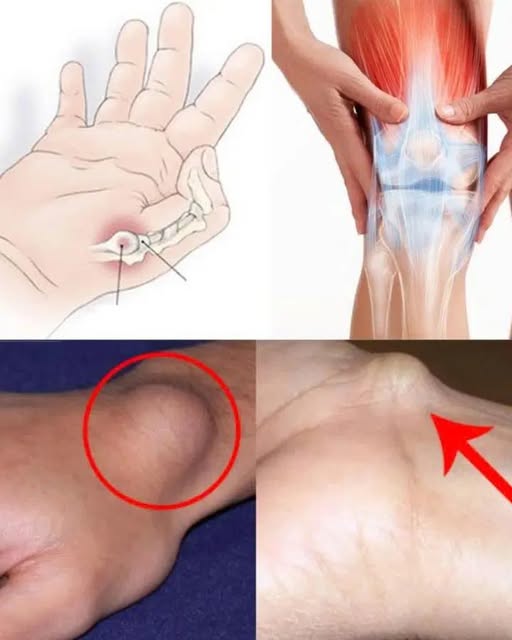Finding a lump in your hands or legs can be a cause for concern, but it’s important to remember that not all lumps signify a serious health issue. Various types of lumps can develop for different reasons, ranging from benign tumors and cysts to inflammatory conditions. Understanding these possibilities can help guide your response and treatment.
Common Causes of Lumps
Lumps may arise from cysts, lipomas (fatty tumors), or swollen lymph nodes. Cysts, which are fluid-filled sacs, are generally harmless and can be caused by clogged sebaceous glands. Lipomas are also benign and are formed from fatty tissue. In contrast, swollen lymph nodes often indicate an underlying infection or autoimmune condition, which may require further evaluation.
When to Seek Medical Attention
While most lumps are harmless, some symptoms warrant medical attention. If a lump is painful, grows rapidly, changes in appearance, or is accompanied by symptoms like fever, night sweats, or unexplained weight loss, consult a healthcare professional for assessment. Early diagnosis can prevent potential complications.
Tips for Monitoring Lumps
- Keep a Record: Maintain a journal noting the size, shape, and any changes in the lump over time.
- Examine Regularly: Perform self-exams to monitor any new lumps or changes to existing ones.
- Avoid Self-Diagnosis: Rely on a qualified healthcare provider for diagnosis rather than attempting to determine the issue yourself.
Home Care and Management
If the lump is not concerning and you’ve consulted a healthcare professional, some home care measures can help. Applying warm compresses may reduce swelling and discomfort. Over-the-counter medications can aid in managing pain or inflammation. If the lump is a cyst or lipoma and becomes bothersome, discuss removal options with your doctor.
Conclusion
A lump in your hands or legs doesn’t always indicate a severe issue, but it should not be ignored. Regular monitoring, awareness of changes, and responsible self-care are key. Always consult a healthcare professional for a proper diagnosis and treatment plan.

